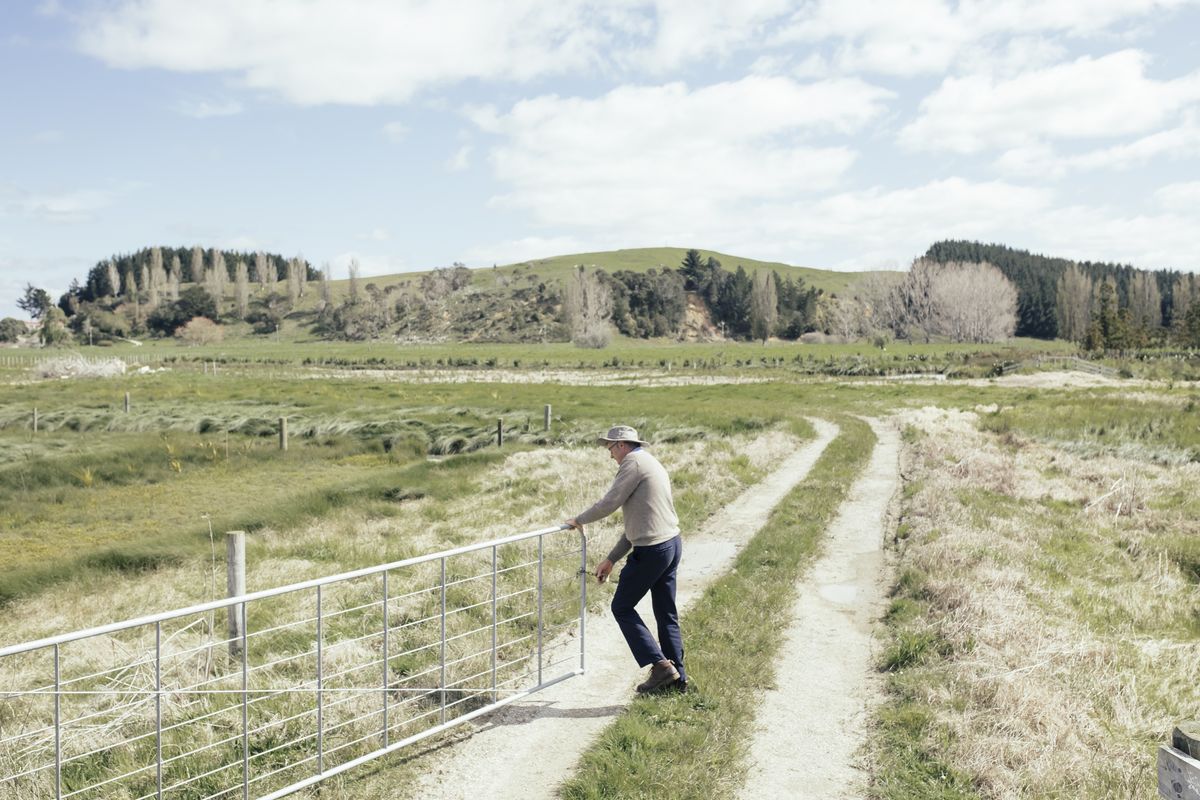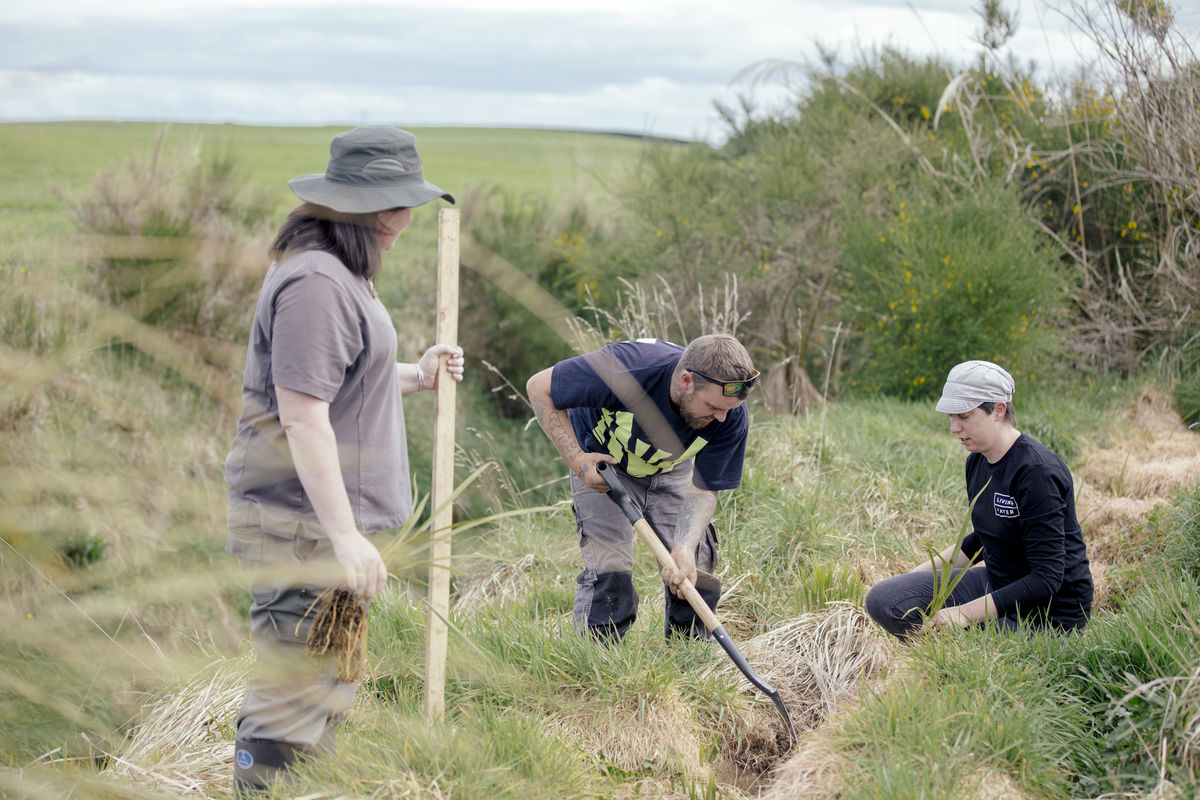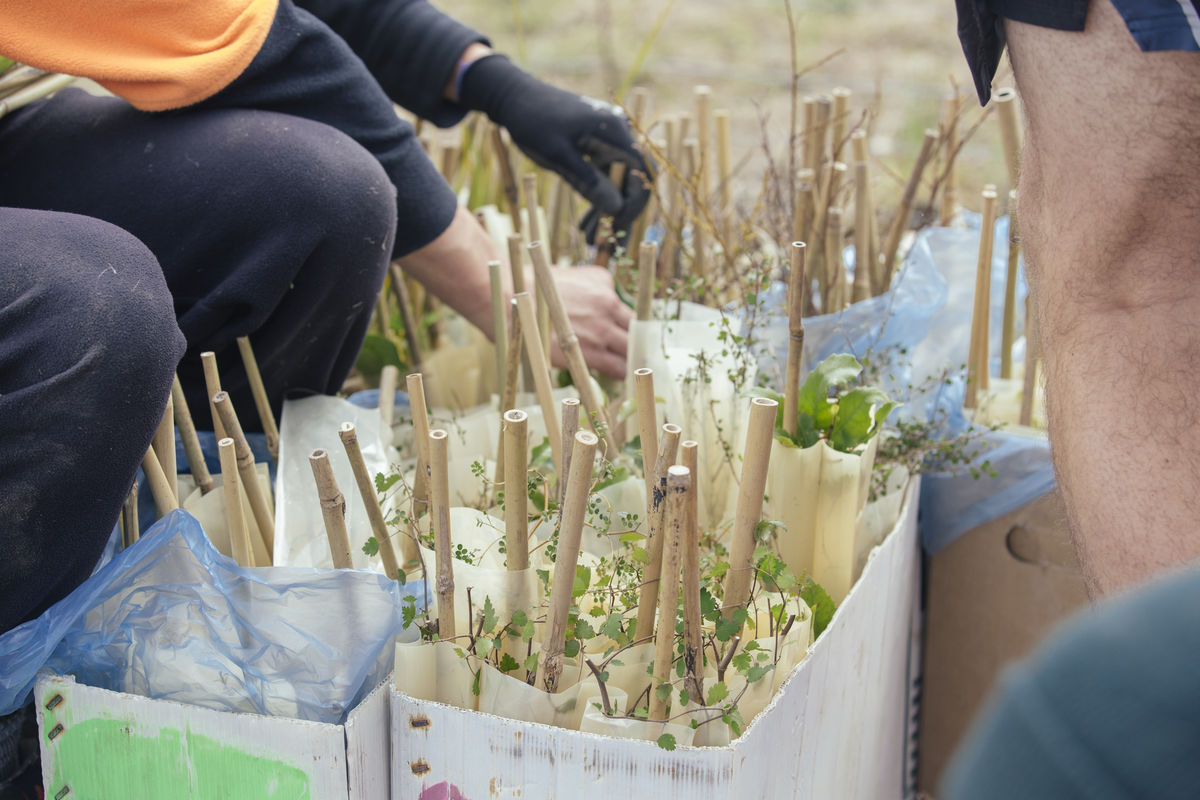
Integrating forestry and farming
What’s the problem?
Farmers are re-evaluating their farm businesses due to a range of factors impacting on their existing farming systems. These factors include increasing market and environmental regulations (nutrients, greenhouse gases, biodiversity), climate change, market volatility and competing substitute products, such as vegetarian meat, and farm business and family factors that affect farm transition and ownership.
Including forestry in farm business enterprises, particularly on land less suited to intensive agriculture, can provide a practical multi-purpose solution to the above challenges. However, forestry is not viewed favourably by some farmers for lifestyle and community reasons, and because of their perceptions of forestry’s relative economics and timing of returns.
What’s the project?
Integrated Forestry Farm Systems is a project demonstrating how integrating dairy and hill country sheep and beef farming with forestry for profitable, sustainable land use can assist landowners, iwi and rural professionals make well-informed forestry decisions and increase confidence implementing forestry as a land-use option.
The project has four elements:
- Identify farmer perceptions of forestry and barriers to integrating forestry with farming businesses;
- Undertake a diverse range of farm case studies to illustrate the integration of various forestry options into pastoral farming systems;
- Undertake case study scenarios on the formation of farm syndicates to purchase and convert land at scale to offset the environmental externalities of members and provide improved returns to them; and
- Extension activities to agribusiness consultants and farmers to support their, or their clients, decisions.
The Integrated Farm Forestry Systems project is a multi-agency funded research and extension project, led by agricultural consultancy Perrin Ag with funding from Te Uru Rākau and co-funded by DairyNZ, the Waikato, Bay of Plenty and Horizons Regional Councils, Living Water, Farmlands Co-operative and the Forest Growers Levy Trust.

Peter Savage

What’s been achieved?
The review of information and resources available to farmers and industry on incorporating trees on farm was completed in December 2019. That enabled farmer interviews on practice, perceptions and knowledge of trees on farm to be conducted in February 2020. Ten farm case studies were completed, and a summary report produced in May 2021.
The case studies provide resources for landowners who aspire to plant trees to have the knowledge and confidence to plant the right tree in the right place for the right purpose. Topics and information provided include:
- Farm specific information on the Emission Trading Scheme (ETS), how carbon trading works, differences in carbon sequestration, ETS eligibility and the financial benefits and risks of registering plantings within the ETS.
- Robust financial and environmental analysis demonstrating the potential returns, environmental impact and the performance of an integrated farm business.
- Process for selecting wood harvesters and setting up wood harvesting agreements.
- Best practice for tree management and harvest process for the case study farms, and how environmental impact at harvest can be mitigated through good planning and harvest management.
- Illustrates a range of options for how natives can be established to provide integrated ‘best land-use’.
- Illustrates the planning required and why site selections and silviculture regime are critical success factors for farm forestry.
The case study scenarios on the formation of farm syndicates were not able to proceed due to covid restrictions.
What did Living Water learn?
The future of farming is different. Living Water learned that nature, in this instance forestry, has a place in productive landscapes, and farm planning should be based on restoring natural ecological systems and processes to achieve positive outcomes for water, climate, soils, biodiversity and farm profitability. Rather than requiring farm conversions, forestry can be successfully integrated into productive farms to support them and improve biodiversity and environmental outcomes. People need to want to change how they farm, to find ways to work with nature. Science must be accessible to inform decision-making, so farmers can select and plant the right tree, in the right place for the right purpose.
Links to resources
Review of the information and resources available to farmers and industry on incorporating trees on farm, December 2019
Farmer interviews on practice, perceptions and knowledge of trees on farm, February 2020
Ten farm case studies completed (summary report, May 2021)
